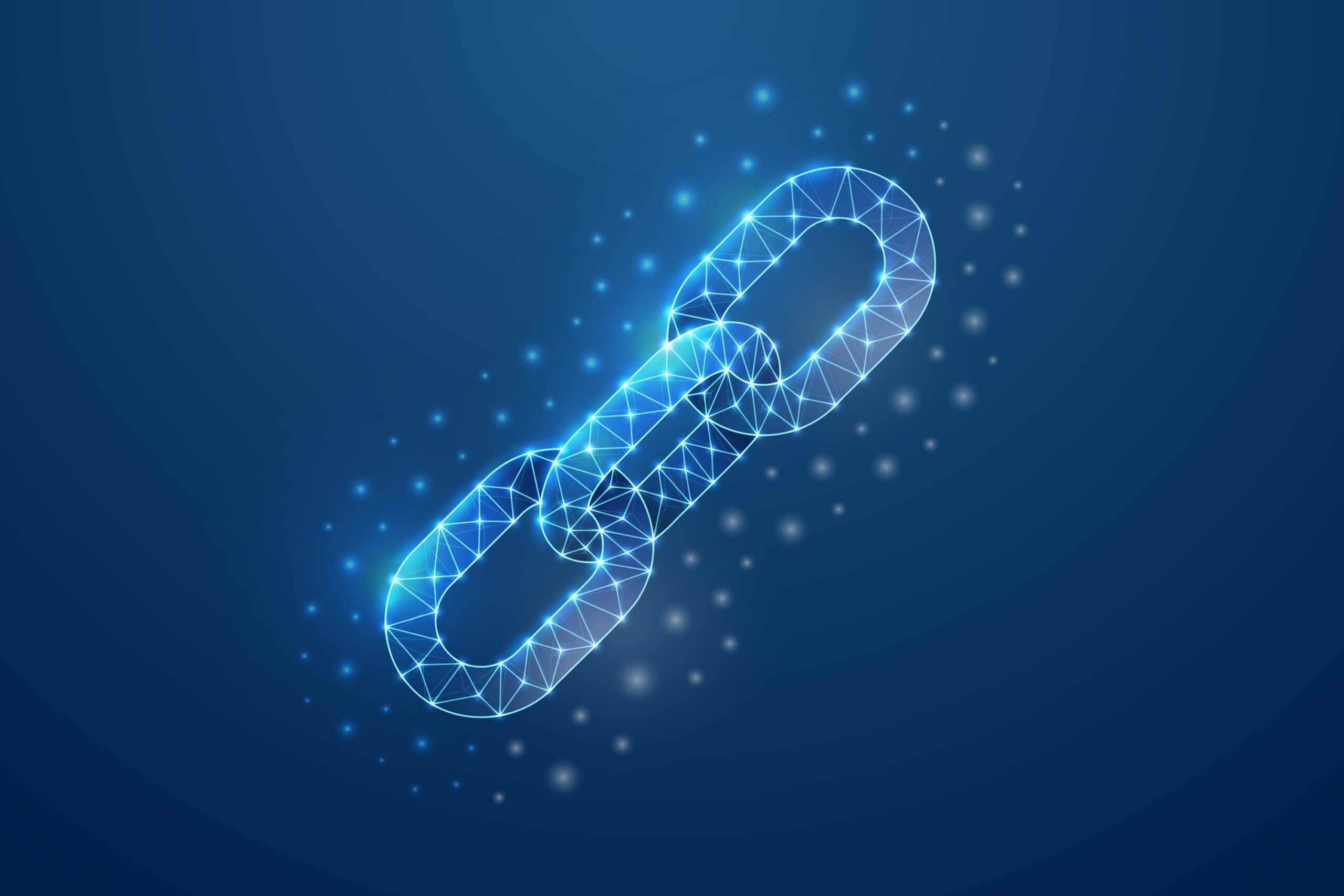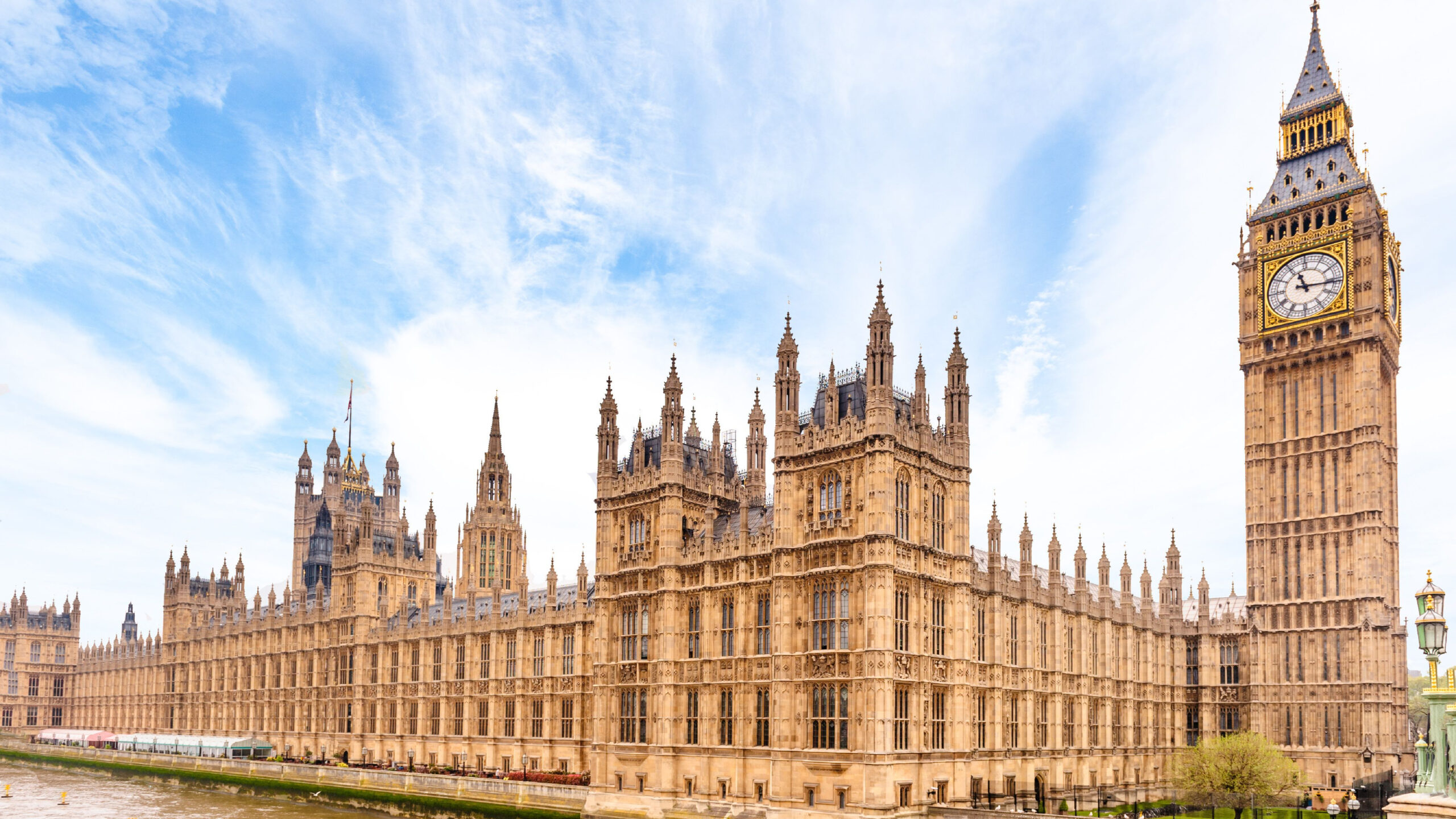Why Are We Seeing New Sampling Suits Over Old Songs?
DJ and mashup artist Girl Talk, who has “repeatedly stated that if he’s sued he believes he has a strong fair use defense,” released a new EP yesterday, along with a video for one of the songs, for which he cleared the samples, explaining “I think about each work separately and consider whether it qualifies for fair use or not. In this case, we needed the clearance.” This exemplifies that copyright questions over works which use parts of existing works, such as music sampling, generally have to be analyzed on a case-by-case basis.
Exactly a year ago (total coincidence) I wrote a post entitled Can You Infringe Copyright In Six Seconds?, about then-new service Vine and potential copyright considerations for six second clips of content. I discussed some key music sampling cases (Bridgeport and Newton v. Diamond), to see what we could draw from those precedents, but that law is far from settled, as there continues to be litigation over music sampling. On the issue of how much of an existing work can be lawfully used in a new work, it’s clear that it’s still very much an open question. I’ll explain some recent cases below.
(1) In October, Matt wrote a similarly-question-titled post, How Long Can Copyright Holders Wait to Sue?, highlighting a suit filed that week in Illinois over a 1967 Syl Johnson song that was allegedly sampled in 1988 (by Public Enemy), 1990 (same), 1991 (by Marky Mark and the Funky Bunch), and 1993 (by Usher). The suit hasn’t settled or produced an opinion yet; the most recent activity in the docket was that a third amended complaint was filed on March 1. (A similar Syl Johnson sampling suit against Kanye West and Jay-Z from 2011 settled in 2012.) Matt also discussed the Petrella v. MGM case that the Supreme Court recently heard, which was a suit that began in 2009 over a movie from 1980.
(2) In November, Madonna won a victory in California in VMG Salsoul v. Madonna, which had been filed that July over her 1990 song “Vogue.” The court found that the alleged appropriation (a chord or a horn hit sound) was not sufficiently original to merit copyright protection, and even if it had been, any copying was de minimis.
(3) At the end of March, the legal estate of Notorious B.I.G. filed a declaratory judgment in California over a sample from 1994, asking the court to find that the sample at issue was de minimis and fair use, that any claim of copyright infringement is barred by the statute of limitations and laches, and that the Lee Hutson is engaging in copyright misuse. This case was initiated because Hutson has been attempting to extract licensing fees from the artist’s estate since 2012.
So why have there been a number of these cases filed over very old samples recently? One reason is that new technology has emerged that enables people to detect samples that were otherwise imperceptible. As the plaintiff who sued Madonna alleged, “The unauthorized sampling was deliberately hidden by Defendants within ‘Vogue’ so as to avoid detection. It was only when VMG specifically looked for the sample, with the technology available to it in 2011, that the sampling could be confirmed.”
It may be difficult to conceptualize how an imperceptible sample is infringing, as most copyright infringement cases analyze whether there is substantial similarity, which would seem to necessarily be lacking. Bridgeport did not do a substantial similarity analysis, but the VMG Salsoul v. Madonna court declined to follow that approach. On the other hand, 17 U.S.C. 102(a) says: “Copyright protection subsists, in accordance with this title, in original works of authorship fixed in any tangible medium of expression, now known or later developed, from which they can be perceived, reproduced, or otherwise communicated, either directly or with the aid of a machine or device.” While it’s true that this sample could be “perceived . . . with the aid of a machine or device,” it still seems a bit unfairly exploitative. Fortunately, there are defenses like de minimis and the fair use doctrine (which I explained in my post last year), in addition to awards of attorneys’ fees, Rule 11 sanctions, and the copyright misuse doctrine.
Another reason why we’re seeing new cases filed over old samples, long after the initial statute of limitations has passed, is the availability of statutory damages of up to $150,000 per work. In lieu of an expensive trial, and potentially exorbitant penalties, these suits often settle. (If this reminds you of the patent troll business model, you’re not alone; Tim Wu coined the term “sample troll” back in 2006, in regard to Bridgeport.) As Matt’s post mentions, the outcome in the Petrella case now before the Supreme Court may cut off such lawsuits, which might explain why they are being filed now. So while the Supreme Court’s other copyright case this term, Aereo, may be getting the most attention, the Petrella case is also important to follow.








